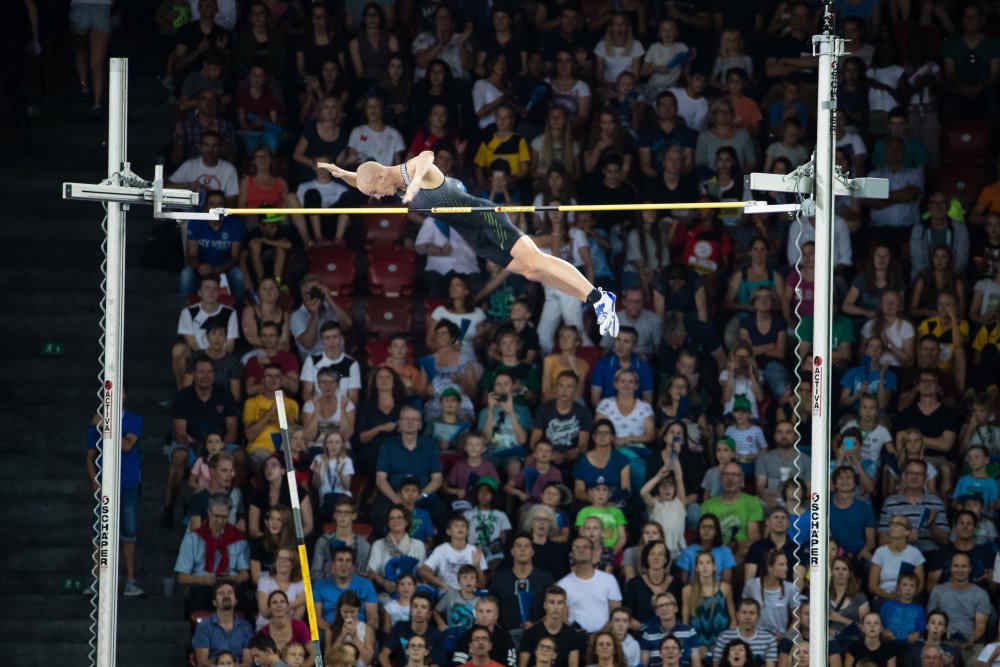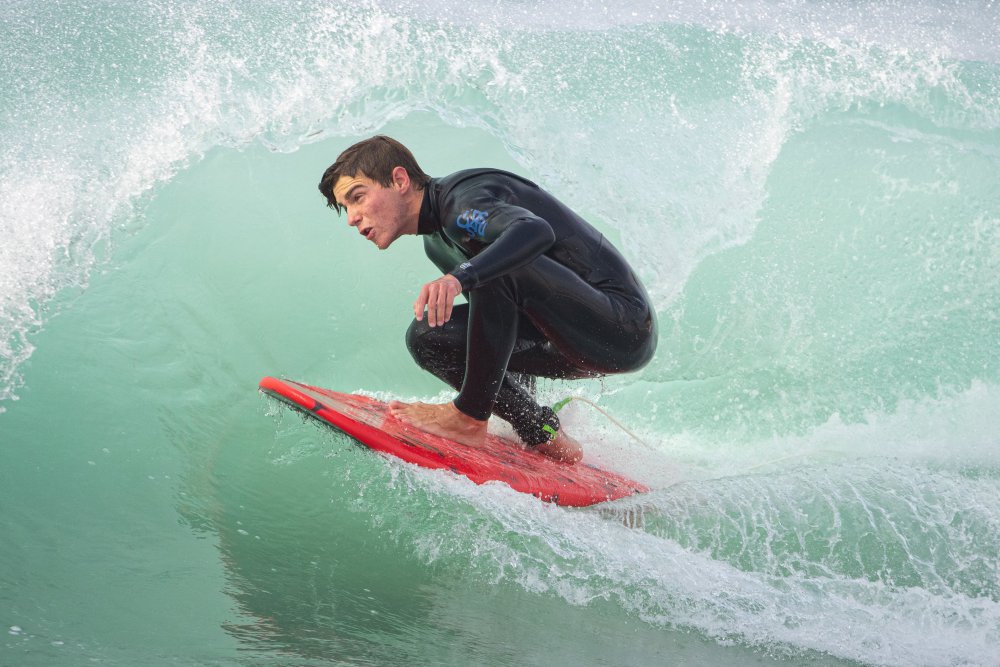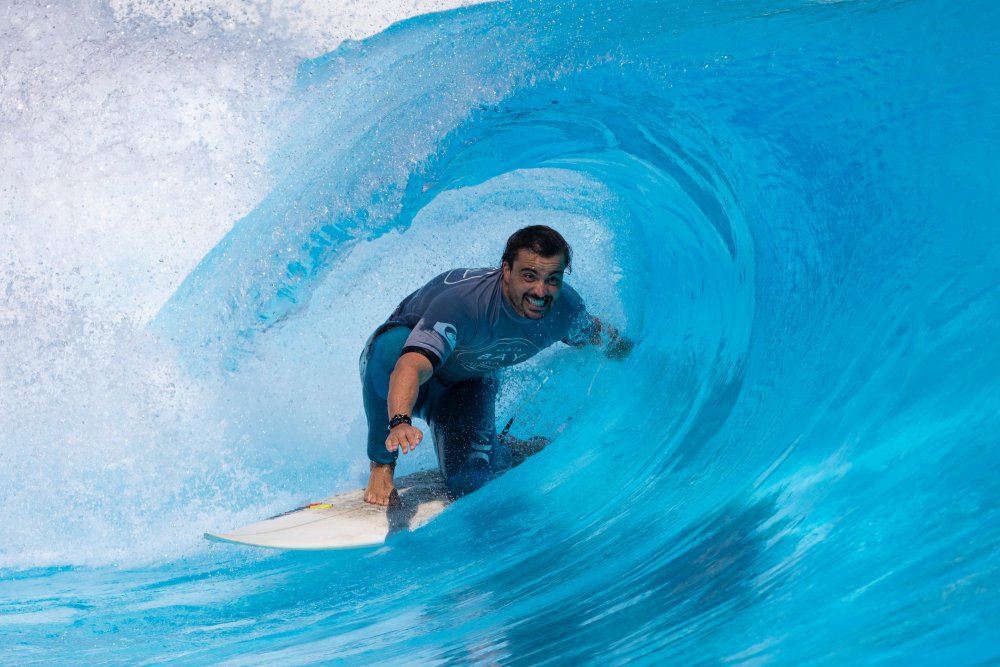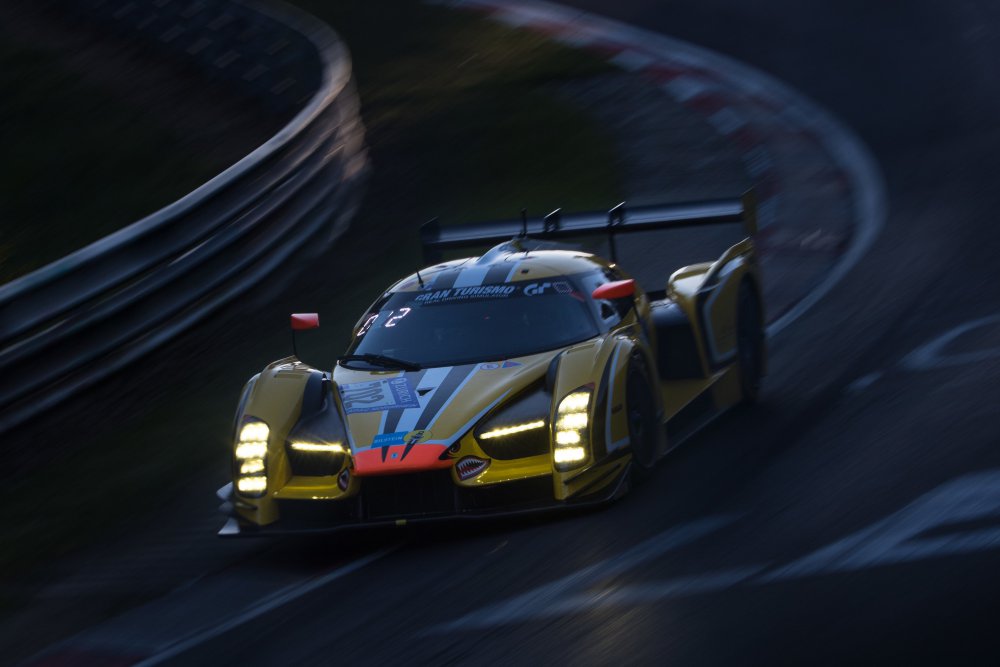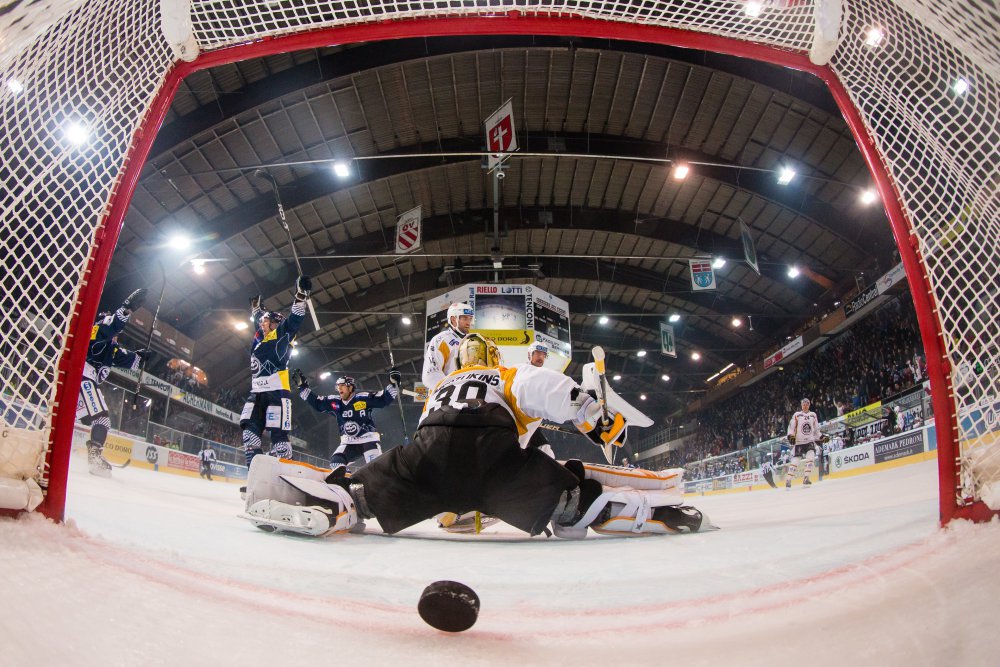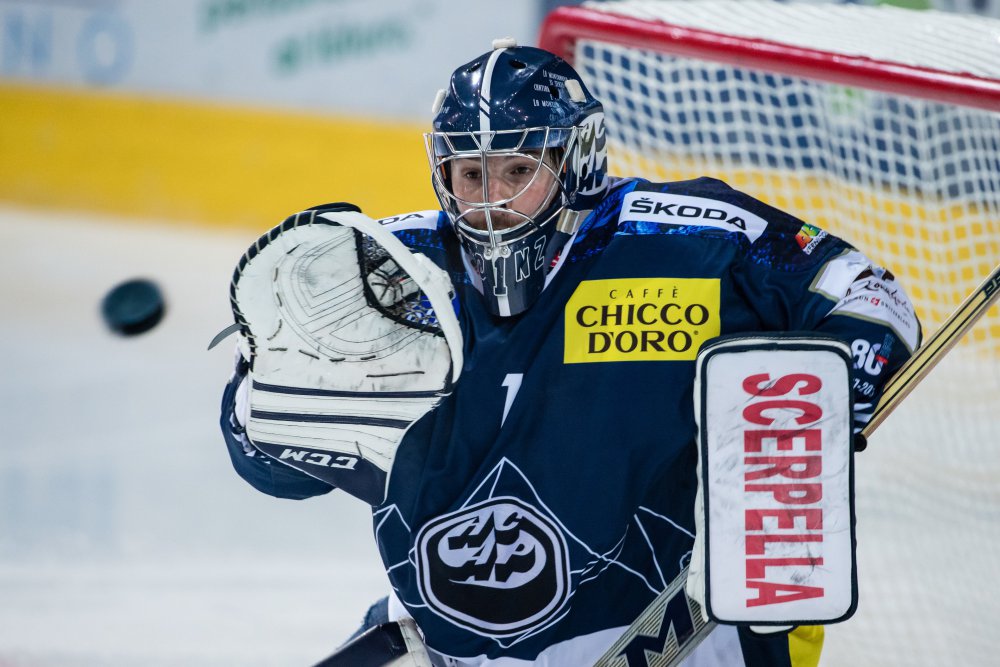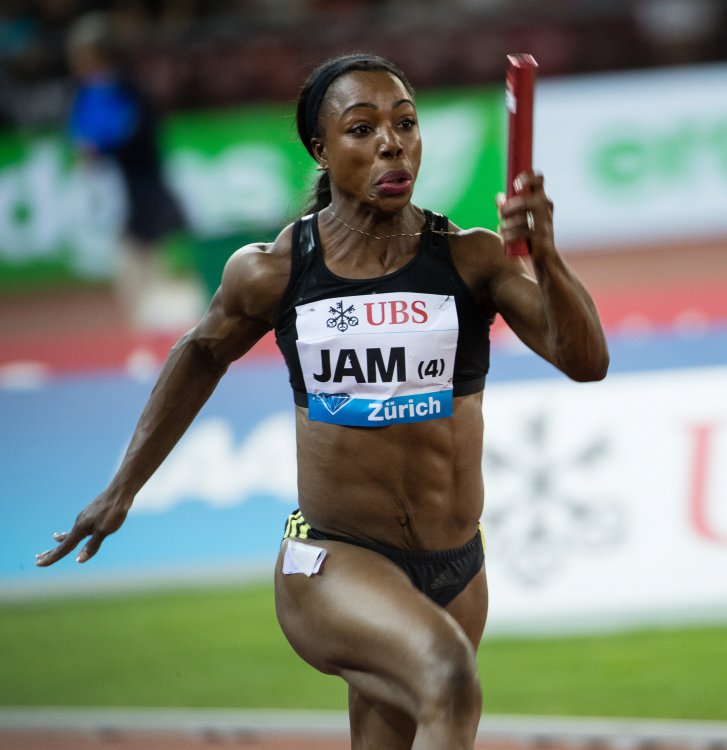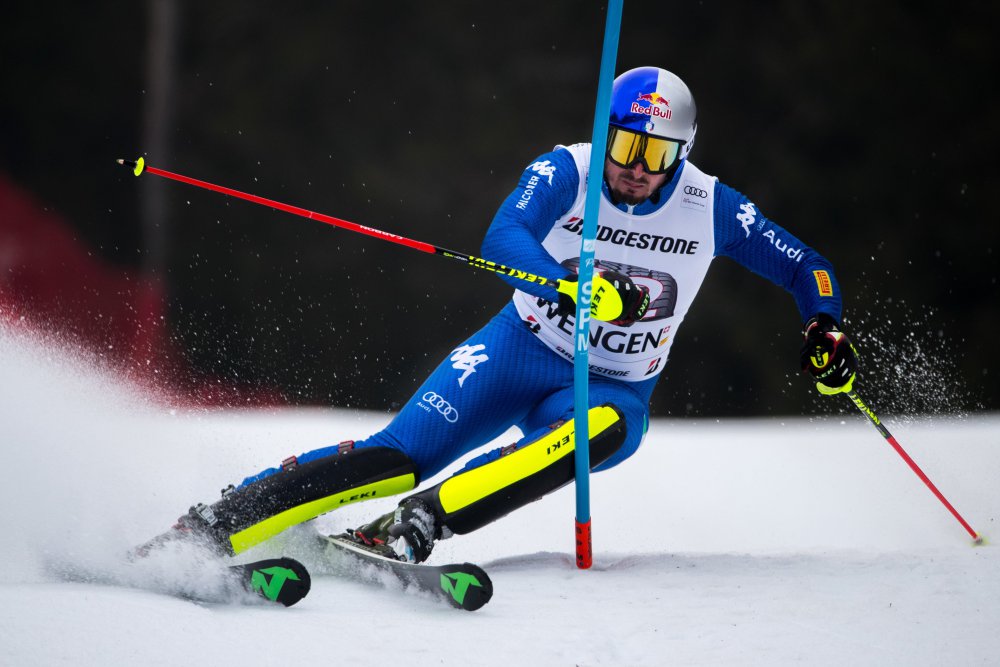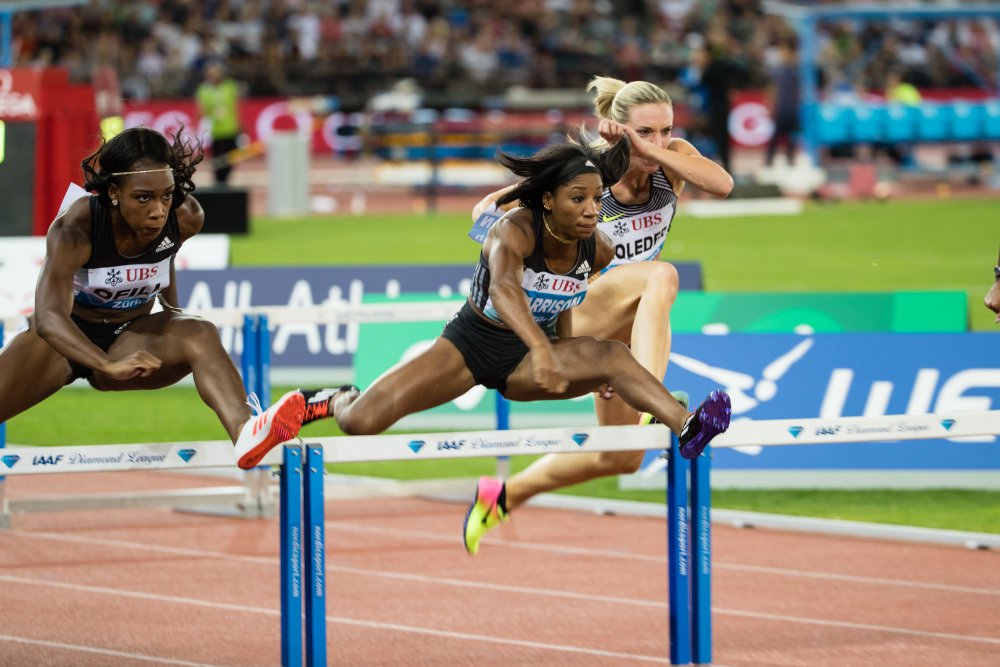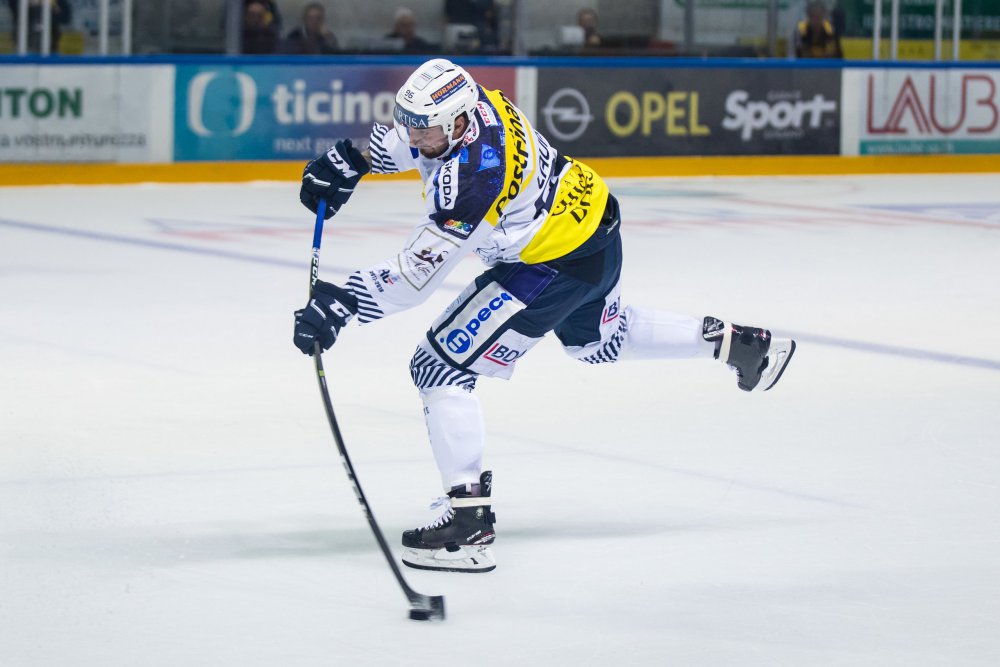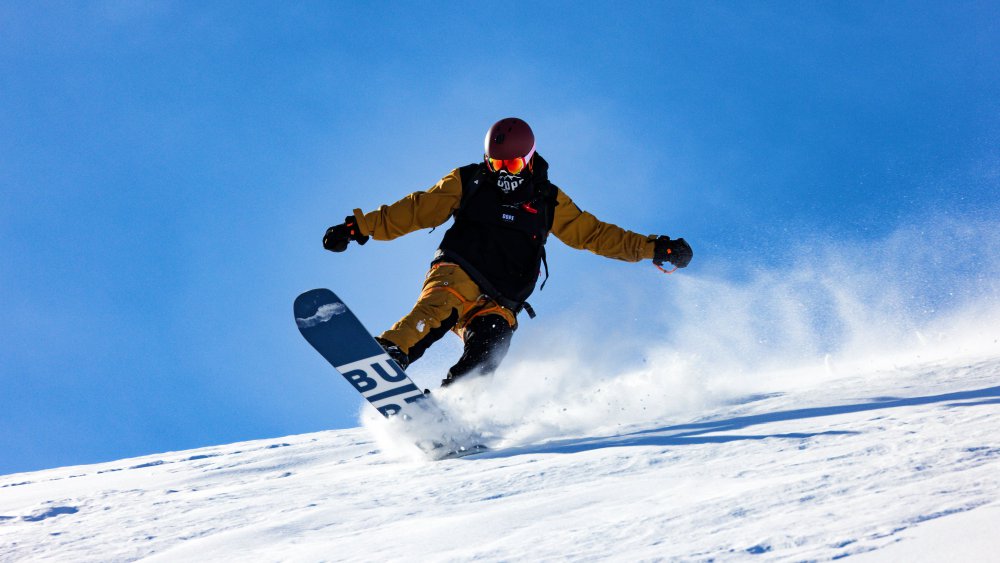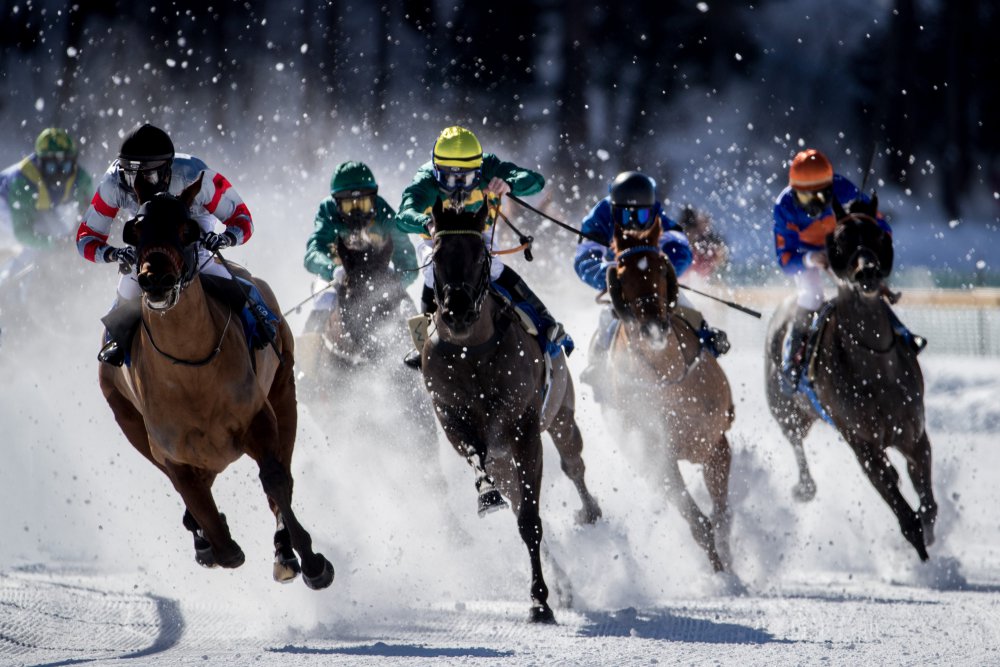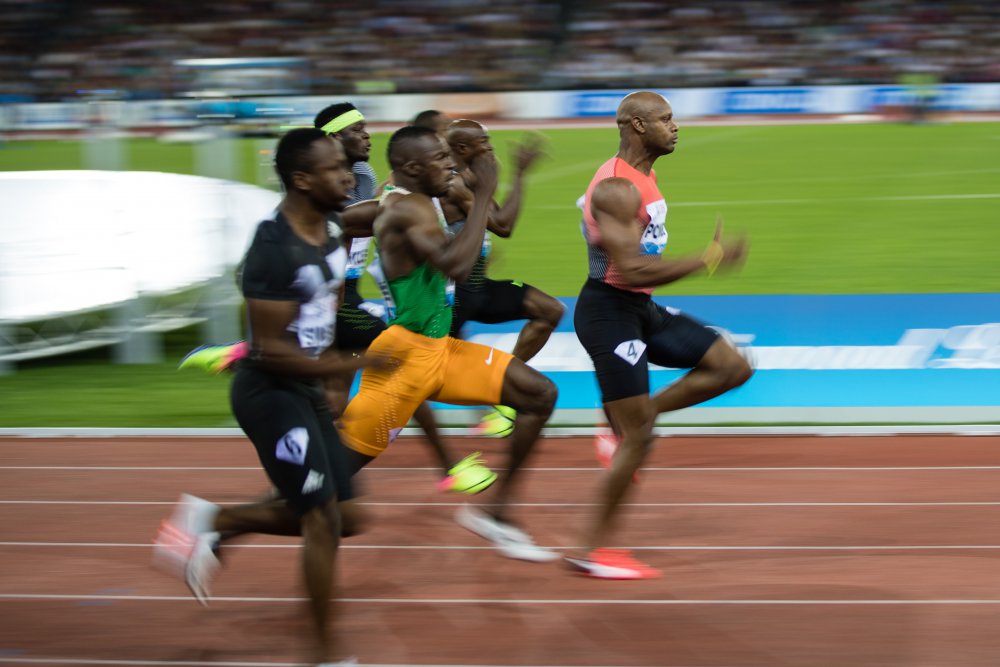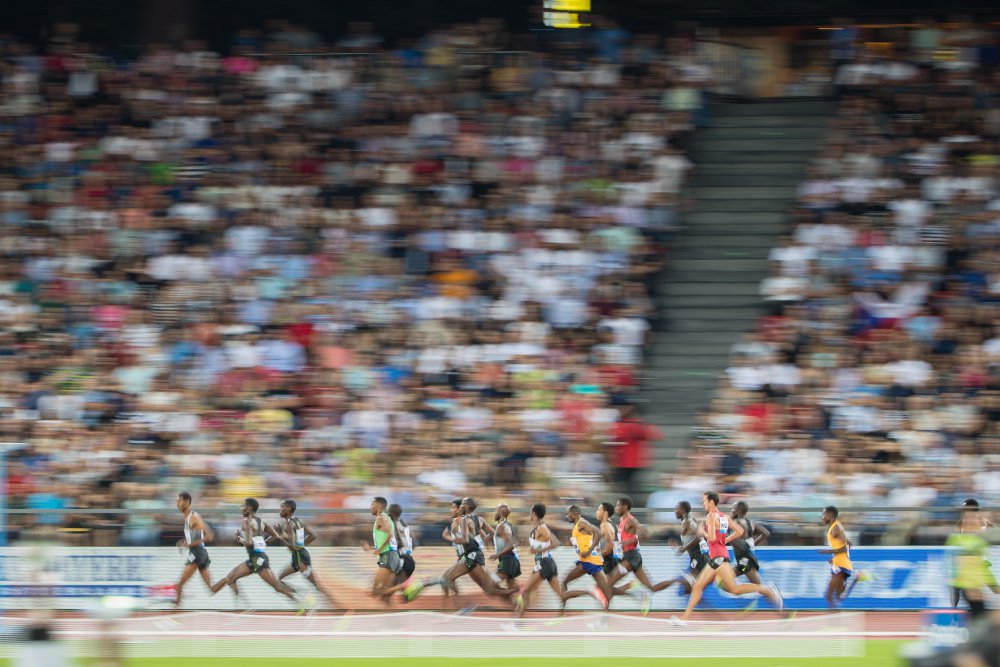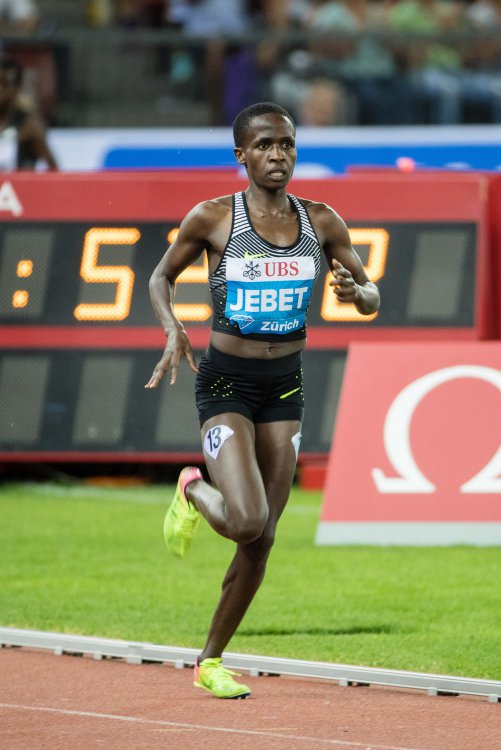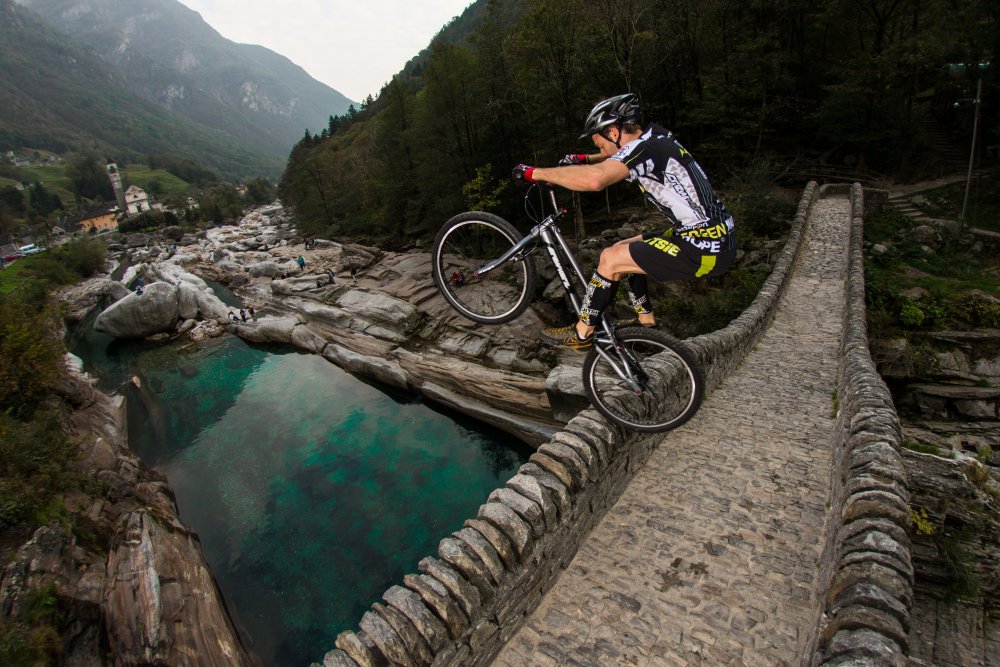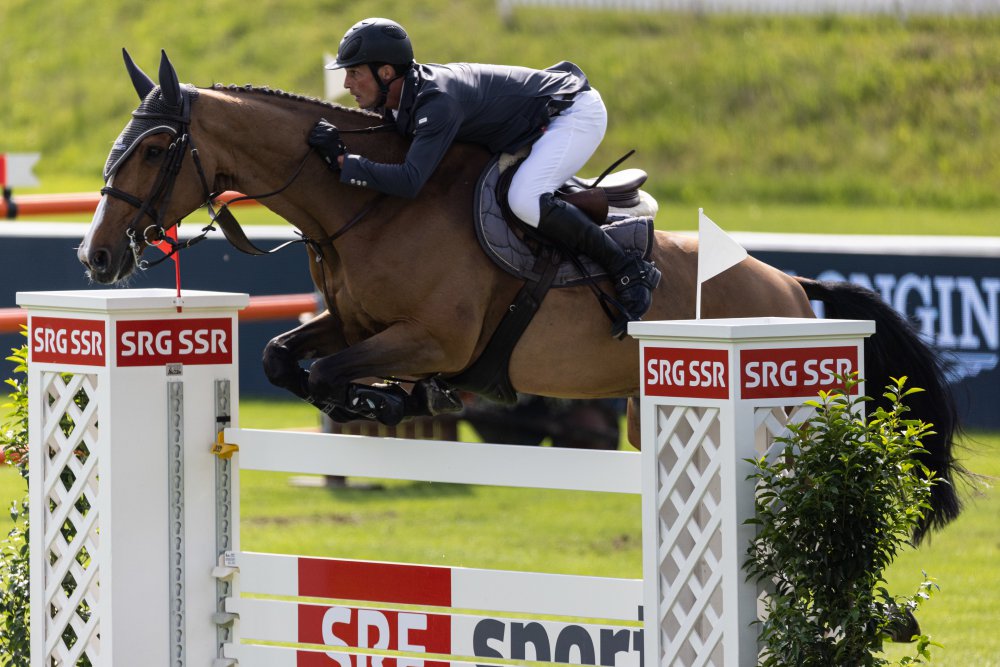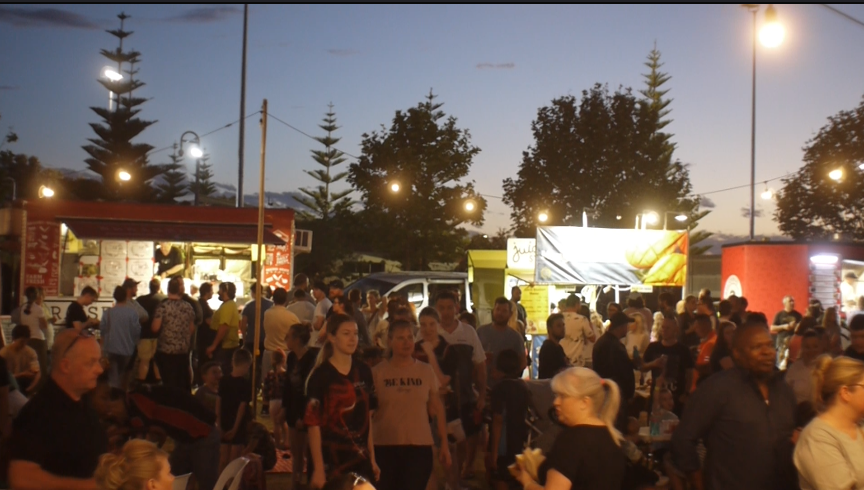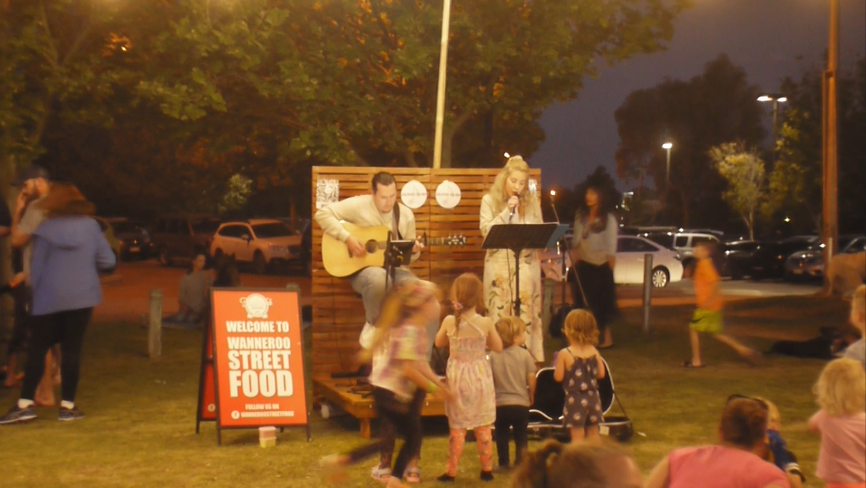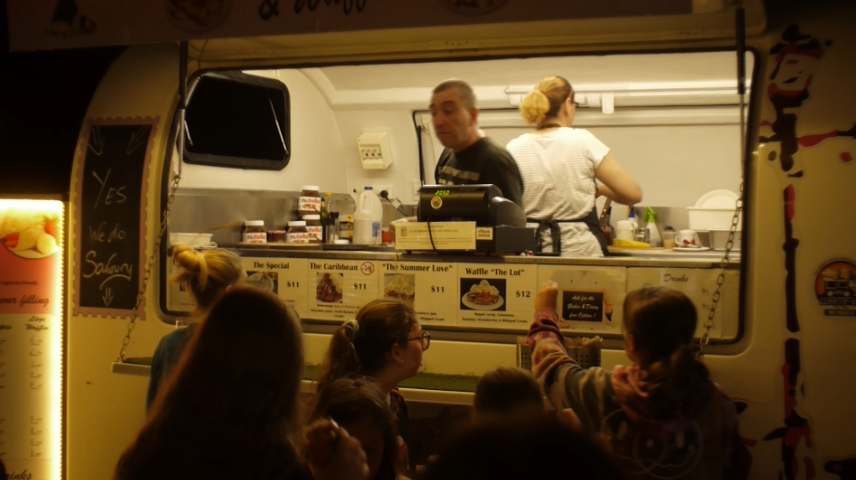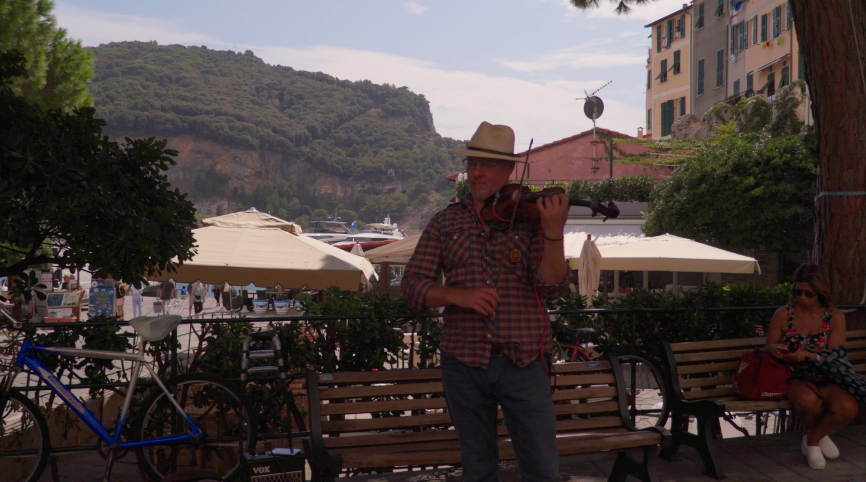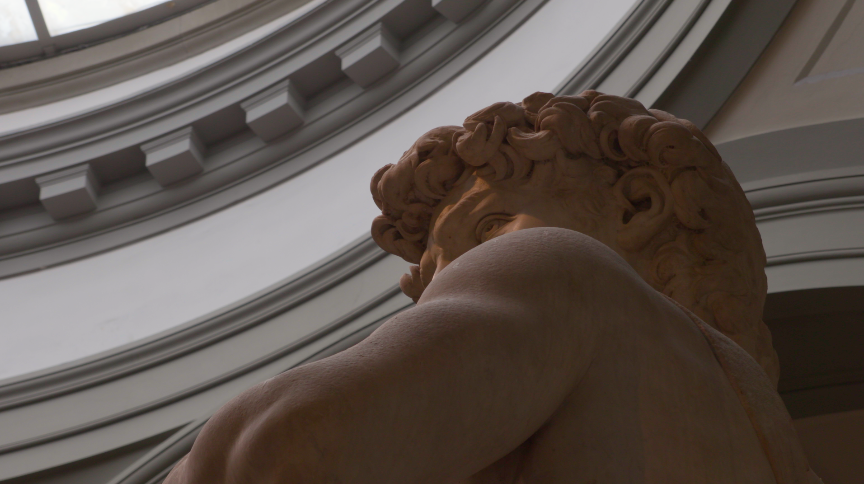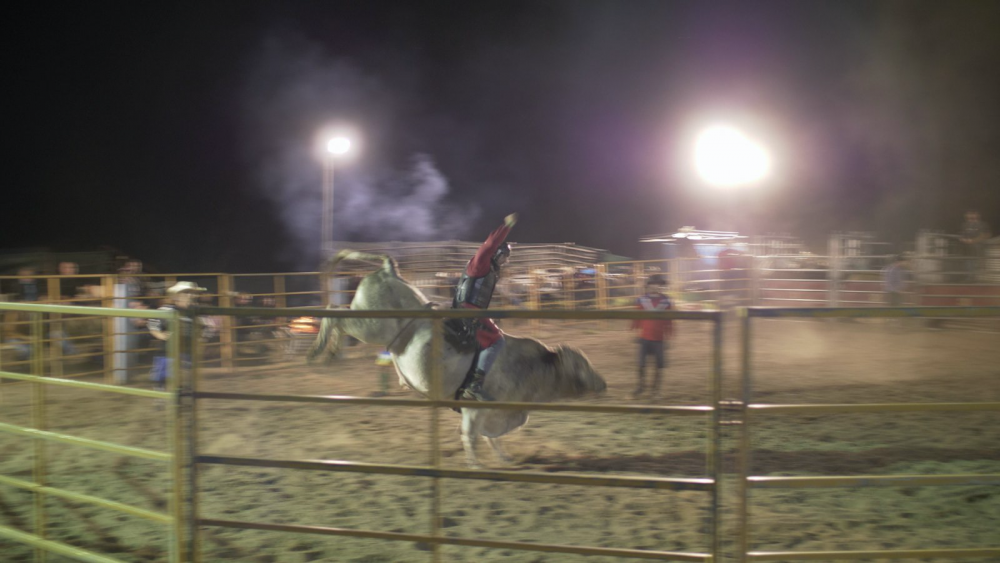Leaderboard
Popular Content
Showing content with the highest reputation on 10/24/2021 in all areas
-

Is anyone interested in seeing some Olympus E-P7 footage?
kye and one other reacted to John Matthews for a topic
I got the Olympus E-P7 a little over a month ago (a fantastic bundle with the venerable 75mm f/1.8). The camera is a little bit of a mixed bag, not have any PDAF. However, it does have some things going for it: only 330g (that's the main feature) with two dials, otherwise roughly the same as the E-M10 iv minus the viewfinder. Decent for one-handed operation. 4k in all modes (world camera), 8-bit 420 (I think, but don't really care), something the PEN-F lacked PEN-F style color creator mode, meaning one can control the saturation of 12 different colors for interesting out-of-camera results. In fact, due to the PEN-F coming out in 2016?, there are many settings out there to mimic film stuff or just creating interesting looks. Downside of the color creator mode is that you need to work from P mode. Yes, you can use the AEL button to lock things down. Using a manual lens, it's essentially manual mode. Does anyone have any questions about it or interesting in seeing some footage with various color-creator settings?2 points -
Nikon Z9 / Firmware 2.0 Official Topic
The Dancing Babamef and one other reacted to androidlad for a topic
Resolution 8208x5472, pixel size 4.386μm, high dynamic range mode readout time 2ms, high speed mode readout time 1ms, same readout speed for both video and stills, double stacked back illuminated CMOS sensor2 points -
EOS R has that horrible 1.7x crop when shooting 4K. Its basically a FHD FF camera. Also it doesn't do internal 10-bit 4:2:2 or Clog3. I had EOS R and honestly do not miss it one bit for video. R6 on the other hand has the nicest FF IQ I've seen on any Canon. The overheating on R6 is real but since the latest firmware updates I haven't experienced ANY overheating. I've been on ALL DAY 4k shoots and no overheat. I don't shoot more than 10mn clips though so my user case may certainly be different than others but thankfully for me the overheat has become a non-issue. I even left the camera on accidentally during 12 hours once and it was ready to shoot the next day no problem so it looks like they've been using some clever power management which wasn't the case at first when it was timer based. Btw, Potato Jet made the A7IV overheat in like 12 minutes in his 100 degree test. I guess if you're shooting in that kind of heat, most hybrids will fail after X amount of time.2 points
-
No way to effectively share lenses though? If you're happy to add an Atomos Ninja V (or a Blackmagic recorder) then I don't think they've got weak video specs at all. Plus when it comes to stills, you've got a good advantage that you can tap into the Nikon ecosystem. This is also a good reason why a person should stick with one camera system for as long as possible, rather than jumping back and forth every other year. As let's be honest, even the "worst choice" (if picking a current model) in what is now nearly 2022 is still going to be damn good at both video and especially stills! So stick with it, and get 100% out of it. Rather than choosing "the best" and only getting 80% out of it.2 points
-
Many people (both photographers and videographers) will have two bodies, because: 1) you need a backup! Could be just "something/anything" to get you out of a pinch in an emergency, but ideally it would be an identical body (or at least, very similar). 2) photographers will often run two bodies at once simultaneously, so they can switch from one to another very quickly. (for instance doing a wedding with a 24mm prime on a D760, and 85mm prime on the other D760. Or perhaps they'll use two zooms, such a Sigma 18-35mm on a D500, and a 50-150mm on the other D500. These setups could also change during the course of the day, same two bodies, but different pairings of lenses) 3) videographers often shoot with two cameras (or more!) rolling at the same time, so they've got another camera they can cut to during the edit that's in the same moment of time Thus you've got many reasons here to go for two bodies, rather than just one. Unless you're working on the very high end for photography (and need something specific that's specialized from your camera kit), I'd go with a Panasonic S1H + S5 pairing as a starting point. If you really need high resolution, beyond 24megapixels, then I might go instead S1H + S1R, or a Nikon Z7mk2 + Z6mk2. But it is unlikely that's a genuine "need", as for most people, even the average professional, the DSLRs have for a long time reach "good enough" standards for photography. (unlike with filmmaking, where each step forward with camera bodies in recent years has been more worthwhile) Heck, even an anciently old Canon 5Dmk2 or Nikon D700 is still "good enough" for many pros to use as their secondary backup! And even an old D810/D750/5DS is still a main camera for many! (Scott Choucino only just "recently" upgraded to the 5DS a couple of years ago) As you can, I really really like Tin House Studio / Scott Choucino! He doesn't talk about gear too much (these videos are some of the exceptions! ha. But in a way, he "talks about gear" only just enough to address this and say "it doesn't matter") But he talks a lot of the philosophy / business behind what he does, which is broadly applicable not just to food photographers like himself, but even what I do as a Production Sound Mixer. Scott provides good food for thought.2 points
-
Nikon Z9 / Firmware 2.0 Official Topic
Juank reacted to androidlad for a topic
https://nikonrumors.com/2021/10/24/nikon-india-leaked-z9-presentation-video-with-basic-specs.aspx/1 point -
Is anyone interested in seeing some Olympus E-P7 footage?
John Matthews reacted to PannySVHS for a topic
Would love too see your findings and images. I love the tweaking and nerdy pleasures. That's what Eoshd is all about for me, much more than spec list after spec list. Very fond of the famous Oly jpeg color engine. An HD 100mbit 420 8bit codec without noise reduction from the mft 16 or 20MP sensor is all I would need. Instead I had to go with a Lumix S1 for my portable video needs. My GX85 is still with me most of the time.1 point -
Hybrid Shooters - 1 body for both photo/video or 2 bodies?
Thpriest reacted to herein2020 for a topic
You've nailed it, I'd probably have two S5's and all L mount lenses right now and possibly an S1R as a dedicated photo body. Panasonic has everything else as you mentioned....accessories, XLR options, reliability, no overheating, no record limits, dual slot video recording, WFM, VLOG Varicam color science, right price, perfect size, great build quality, great photography features, etc. But none of it matters if your footage is not in focus or you are constantly dropping to manual focus when it just won't focus on something that should be simple. Even their focus peaking leaves much to be desired.1 point -
I think all of this shows that if Panasonic were to fix their AF they could really start taking a larger share of the market. They have got just about everything else right, ergonomics, colours, image, reliability, price...the L range of lenses is starting to grow. If the S5 had good AF it'd sell bucket loads.1 point
-

Is anyone interested in seeing some Olympus E-P7 footage?
PannySVHS reacted to John Matthews for a topic
I mistakenly wrote "color creator" mode when I should have written "color profile" mode. Saturation can essentially be individually adjusted for 12 colors of the rainbow. This could allow for film simulations or creating looks that emphasize certain colors (and not others). I'm not aware of any other camera that can do that in-camera. Maybe I'm mistaken?1 point -
First Canon does not have any 24 1.8 is either 1.4 or 2.8 (useless lens today)..... Are you buying the RF or EF version of the 24-105 both EF versions are meh imo? I owned the Mk I and tested the Mk II. Second, maybe I got it wrong but you want to shoot sport right? 24-105 F4 for sports is not great (for me is bad but other my differ). 24-70 2.8 is better especially later shots at 24 where the subject travel very fast you need very high ss... For sports you want BG isolation, reach and high shutter speed. Most common sports lens are 70-200 2.8, 200-400 F4 and 400 2.8 not by chance. Not sure that the hobbyist noise remark that somebody did was for me as I said 1 stop can make a big difference...1 point
-

Canon R6 Lense purchase sequence advice sought
Mark Romero 2 reacted to kye for a topic
Some people prefer a 24mm prime, but I think that's mainly as a prime for narrative work, and to be complimented by a 50mm or so. Also, when cinematographers talk about a 24mm prime, they're often talking about it on S35, so it's around 35mm FF equivalent. In terms of my lenses, I use the 35 as the default lens, and maybe 60% of final images are 35mm equivalent, maybe 25% of final images are 85mm equivalent, and the remaining 15% are the 16mm equivalent. If there was a fast enough 16-35 equivalent zoom then I'd be glad to use it, but not even close. I find 35mm the right FOV for getting environmental portraits, taken from a normal distance away from the person for a social situation, and lots of flexibility in taking a step forwards or backwards to "zoom". The 16mm wide, is as you say, WIDE and that's exactly what you want for those WOW shots like landscapes and buildings etc. Then 85mm is great for sniping little moments while the kids don't notice me etc. It's a powerful combination of focal lengths because it perfectly matches the types of shots that you want to take, at a focal length that you want to use. If you use a lens that's wide and get too close to someone you alter their face shape and it feels "too close" and uncomfortable, and if you use a lens that's long and stand a long way from the subject then it will enlarge the background and make the shot feel distant (at best) or voyeuristic (at worst). Far from it being a lack of ability to "think outside the box" - it's actually a sensible lens choice for the style of video you want to make.1 point -

Panasonic S5 User Experience
Mark Romero 2 reacted to IronFilm for a topic
Maybe a tighter video edit (especially in the first half) could be worth considering? As I could imagine some people might stop watching before the half way point, and never get the "wow" moment when seeing the second half that's done in a very different manner.1 point -
You're thinking about colour all wrong. I don't blame you for it - I think most of the internet thinks about colour wrong and you'd be forgiven for adopting that kind of thinking. I did at first, and now several years later, have come out the other side and now understand what things are truly like. @Mark Romero 2 was 100% right when he said: So, how long will it take? It will take a few hours, and it will take many years. Let me explain - there's good news and bad news. The good news: When you shoot with anything other than rec709, you're going to need to convert from whatever colour space and gamma you shot in to rec 709. This could be via a conversion, or a LUT, or some combination of both. The level of sophistication that goes into creating these things is absolutely huge (when done by people who know WTF they're doing - which is almost no-one on the internet by the way) and so your job is just to work out which conversion or LUT you will use. From that point on you just apply that to all your footage and that's it - you've learned to colour grade. If you find a conversion that gets great colours from Sony, which will be out there I can assure you, then job done. The bad news: The above method will only work on maybe 10% of shots, if you're lucky. The reality of shooting events and travel and other uncontrolled situations is that the vast majority of your shots will look like garbage straight out of the camera. This will be true regardless of what camera you have, and will completely overwhelm whatever advantages one brand has over another. This is because the real world doesn't use lighting with matching colour temperatures, and even worse, with remotely acceptable CRI performance. Colours will be *awful*. An example. Last week my wife and I went to get some food from some food trucks and I took a tiny camera to shoot a little test video with a very vintage soviet lens. Let's look at some of the shots as they came out of the camera. All of these are on auto-WB so the camera will have been trying to adjust as best as it could. Notice how the sky looks normal, the people in the foreground look brown/purple, and the various trucks look different in the background. Too orange for the camera to compensate using auto-WB: Interior of the truck is fine, and the outside is quite green: BUT, you say, that's a cheap camera! OK, here's a few shots from the XC10 - a Canon Cinema Camera shooting in C-LOG. Background is fine, foreground is muddy purple: A small statue that no-one has ever heard of - colour temp of interior lighting vs natural lighting coming from the skylight: So far so good. Let's look at some event photography. The pub that hosted this bull-ride decided to buy a mixture of purple and green floodlights. Take note that to the naked eye this was COMPLETELY INVISIBLE. This shot is ungraded HLG too, if you convert to 709 then you've got a circus on your hands. It was because of things like this that I have taken years to be able to get colour I'm happy with from my footage. I've been shooting family trips and outings for years and the footage has been piling up waiting for my skill in colour grading to be good enough to colour grade the material I've captured to a standard that I can even live with, let alone love. So, why aren't people talking about this? It's simple. Professionals mostly have control of their lighting and make sure it's done right, documentary shooters will hire a colourist to troubleshoot difficult sections they can't colour grade themselves, and amateurs who can't control the lighting and can't troubleshoot their own footage simply don't post their shitty footage to YouTube. You, however, will be looking at the critical shot of whatever it was that happened, and wondering what the hell you do with it to make it even usable. Screw the difference between Canon and Sony colours, your shot will look like your camera was broken and needs to be repaired. Another example. Recently my daughter graduated high-school. I took my GH5 and 12-35/2.8 as I thought it would be long enough, would mean I could quickly take a wide or mid-shot if required, would have AF for quick compositions, and I thought I'd value the stabilisation from the camera and lens. I contemplated taking my Voigtlander 42.5/0.95 prime, but decided against it. Turned out that for the critical moment of her walking across the stage and receiving her certificate, the 12-35 at 35mm wasn't long enough so I cropped in 2X (which the GH5 can do without a loss of quality). This is fine, but at 2.8, which was needed as it was indoor and stage lights aren't that bright, the lens is quite soft. I should have taken the Voigtlander, which is sharp as hell when stopped down a couple of stops to f2, and would have been longer. Oh well, I got what I got and content is king right? This is the real world. Almost all cameras can get great colour, but none will look good in difficult conditions and all will require some skill in post to colour grade. Also, if you're colour corrected still photos before, but not video, then this is where having RAW makes a huge difference. If you have WB challenges with mixed lighting or clips that need more correction and you've shot anything other than RAW or Prores, you will adjust the sliders and what you expect to happen (and happens on RAW / Prores footage) will not happen, instead you will be greeted with bizarre mush and strange tints and all manner of other challenges.1 point
-
Canon R6 Lense purchase sequence advice sought
kye reacted to Mark Romero 2 for a topic
LOL!!! True though. And this is despite the fact that the cameras of today are much better at higher ISO's than the cameras of about four years ago or so. Agreed. Personally, I think that if one were trying to get most bang for the buck, using a good f/4 zoom and a couple of primes that look good at f/2 (or faster) could provide an awful lot of versatility both for stills and video. (I am spoiled / biased toward the 24-105 f/4 focal range because the Panasonic Lumix version I use on my S1 and S5 cameras has 1:2 macro and has been great for the product photography I do on the side.)1 point -

Canon R6 Lense purchase sequence advice sought
UncleBobsPhotography reacted to kye for a topic
@herein2020 raises an excellent point about shooting with a potential crop mode in your camera to gain a new focal length. Does the R6 have such a mode? In terms of the wide end, how experienced are you with using a 24mm prime? The reason I ask is that 24mm has a certain look that you would effectively be stuck with unless you changed to the 70-200 which is much much longer and huge and conspicuous. If you've filmed many different events with just a 24mm then you'll know what you're getting into and that's fine, but I'd be cautious about that. In my own personal work I use a 35mm equivalent lens as the default walk-around one on the camera, which combined with a 2X digital zoom feature (which doesn't lose resolution or quality) gives pretty good flexibility, and I don't have to change lenses much. However, I also carry a 15mm equivalent for landscapes/vistas/interiors, and an 85mm equivalent for portraits and details, which suits the travel work that I normally do. I'd suggest that keeping your options open on the wide end might be a good idea, for example leaving enough budget to add a 35mm or 50mm prime later on if you find that the 24mm is too wide. Certainly, I find it too wide for people shots because as soon as you want a shot tighter than a mid-shot and step forward to reframe then the width of the lens starts dominating the image. Have you filmed entire events on your phone? it's an easy way to trial having a single 24mm (or 28mm) prime. Considering the price difference between a 70-200/2.8 and 70-200/4 I'd suggest @SRV1981 confirms that the extra stop is required under the typical lighting. I'd make sure to include tests about raising the ISO and using noise-reduction in post too, which can have more of an impact than you'd think. This is actually a really significant point - cinema cameras are often very noisy, even at their base ISO, and professional colourists often have NR as their first node in the colour correction. It's regarded as normal and a base-level skill in post for professional cinema and TV, yet amateurs act like noise will escape from their images and kill their family, so seem to spend thousands of dollars buying cameras that can see in the dark and lenses that look like mechanical owls, and cart around huge cases of equipment in order to avoid the slightest noise which could be eliminated in post for free in 2 minutes. Dropping a stop on the zoom, would save a huge amount of money and free up more funds for more compact primes at the wider end. It's definitely worth confirming that you *really* need that 2.8 aperture.1 point -
Canon R6 Lense purchase sequence advice sought
Mark Romero 2 reacted to herein2020 for a topic
For me personally that would not work at all. The 24mm is too wide for most of my video work and the 70-200 F2.8 especially the EF version is way too big and heavy for anything I need to shoot video wise not to mention it is too tight of a crop for the spaces I shoot in. My favorite lenses for video are 24mm for gimbal work, 50mm for handheld, and 24-105mm F4 for everything else. The 24mm on a gimbal turns into a 35mm because my camera has a crop when shooting 60FPS which I typically am when I am on a gimbal. I have on occasion flown the 50mm on the gimbal and it does great but it turns into 85mm at 4K60FPS so I reserve those times for 30FPS. But this is a good example of each person needing to figure out what works for them.1 point -
Sony A7 IV
Mark Romero 2 reacted to DFason for a topic
I put a preorder in for one. I have a lot invested in Sony glass. I'll be using this for a lot of photography jobs but it will make a great second camera for my Siii. The rolling shutter sucks but I know that going into it. Being able to match the cameras will really help out compared to previous Sony models. A huge selling point is my underwater housing will also fit the 7IV along with the Siii. Cameras are incredible these days. So many great choices for someone and with rental houses it makes it ever easier to test what you need. I am happy that the 4k/60 is cropped. Maybe we will see less "cinematic" videos shooting all slow-mo of a women walking in a city or run down area. Now the wait begins. Fingers crossed that the late December shipping date is accurate!1 point -
Panasonic S5 User Experience
Mark Romero 2 reacted to TomTheDP for a topic
The S1R 4k looks pretty nice. It's line skipped but hey it's still 4k. It does have 5k 10bit as well. I think it's a solid option.1 point -

DJI Pro Cinema Camera Announcement 20 October
Xavier Plagaro Mussard reacted to kye for a topic
Aren't their drones (the big ones at least) completely modular? You can buy the X3 and X5 and X5R separately, right? So, maybe this thing might be compatible in some way that isn't obvious? If they could make it so that as a wedding photographer or adventure photographer or event photographer you could buy all your equipment from DJI, that would be a pretty sweet kind of lock-in. In this new world where every brand wants you to get locked into their eco-system, DJI are the natural choice to go first. Much more likely than Canon or Panasonic or Blackmagic are to release a drone... DJI have been in the camera business for a long time already, and already make cameras and lenses. This includes: the X5S which is an interchangeable MFT camera which shoot 5.2K 12-bit RAW CinemaDNG and Prores internally the X7 which is a S35 sensor and shoots 6K CinemaDNG and claims 14 stops of DR the Z30 which is a 1/2.8" with fixed lens with a 30x optical zoom These are not specs to be dismissed, and if they go all-out then there's no reason they couldn't make an impressive camera, and with a 30X zoom drone camera already released then maybe it could also have stabilisation that no-one could touch.1 point -
New gear is great but if you have nothing to shoot what is the point? I think that sums up the sentiment we've all been through this past year and a half. It's been brutal for a lot of us independent pros. I sold a lot of cine gear and lost a lot of money in the process. Seriously considered leaving the industry as well. Fortunately for me, business has picked up again and that's really all it takes to get excited about shooting. Because for me its really all about shooting, gear is just means to an end. Too much gear can also be a buzzkill. I saw a great video the other day shot with just a G7 and a macro lens. I'm a strong believer in limitations spark creativity. Not just in filmmaking but all creative areas. Its a hard motto to live by these days within a gear-driven industry. Speaking of apple and tech GAS, I had to resist the urge for the third year in a row to get the "pro" model. My phone died so I did cop the iPhone 13 but went with the mini. Love the form factor and my phone will remain just that a phone. Photos & videos shot with it will remain on social media. No ProRes on smartphone for me, oh well. Also thinking about getting the iPad mini, it feels like a Moleskin notebook. I hate big tablets, might as well just use a notebook at that point (also just got the M1 MBA). Just waiting to see how the A15 compares to M1 as I would like to do some basic editing on it and need HEVC support. Anyways I'd be sad to see this place disappear. I haven't been around since the start but it's been an incredible resource and community, even with all the riffraff and drama. I think we all owe Andrew a big thanks no matter the outcome. I don't always agree with his views but at least he has a freaking opinion unlike 99% of the internet shills. As a primarily Canon shooter I also thank him for being so outspoken on the overheat-gate issue that got us solutions and even got Canon to somewhat address the situation. Who will have the clout & balls to do so if this independent voice disappears? Keep going Andrew, your doing the community/industry a great service by being vocal on matters that matter!1 point
-

The new M1 Pro/Max cpu from Apple
Xavier Plagaro Mussard reacted to maxmizer for a topic
The bill is wrong ... if the price in the USA is 3000 dollar , in Europe in euros it will be 4000 euro ...0 points


